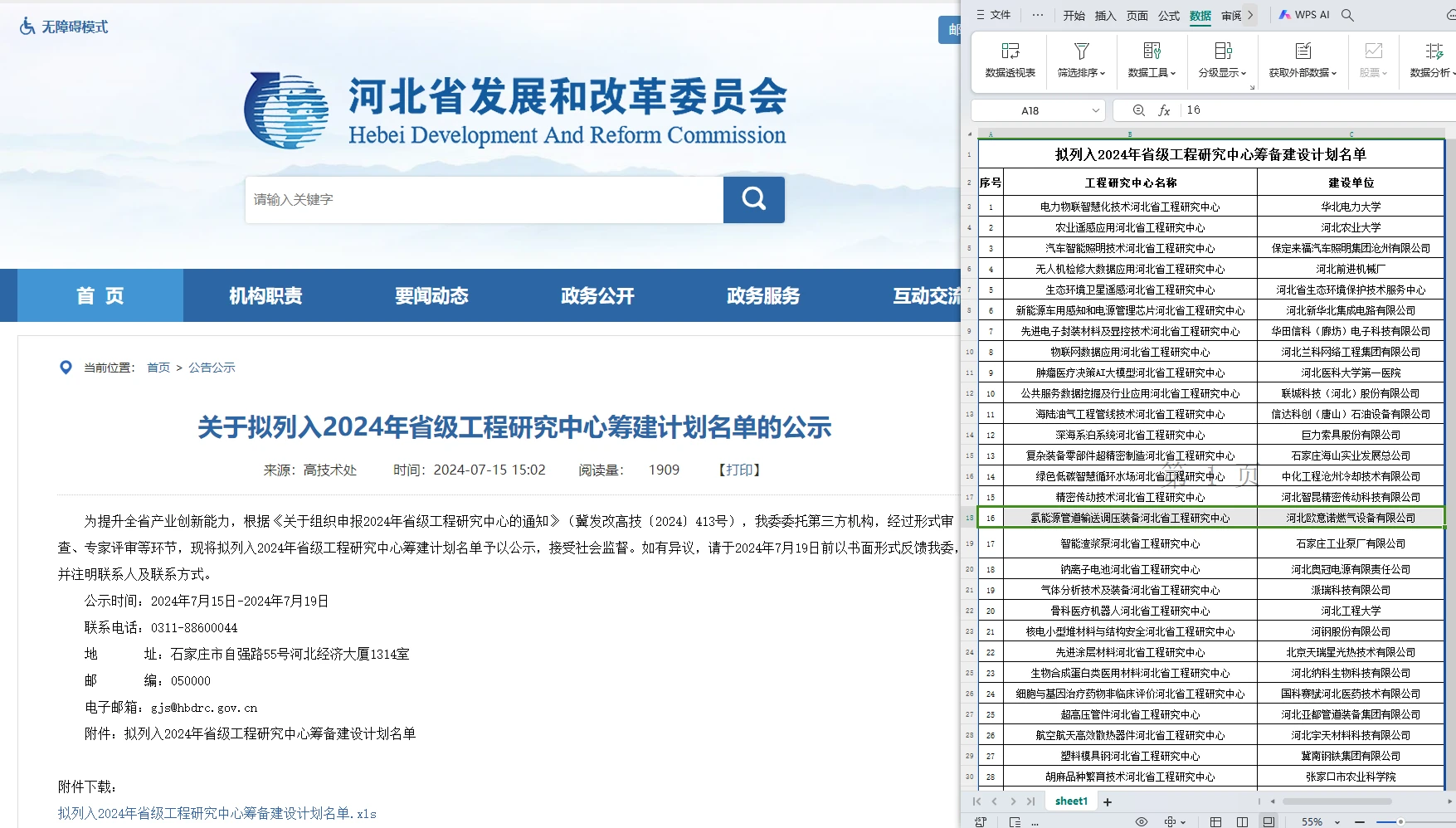
12 月 . 04, 2024 09:23
Back to list
Understanding Functionality and Applications of Gas Pressure Regulating Valves in Various Systems
Understanding Gas Pressure Reducing Valves
Gas pressure reducing valves (PRVs) play a pivotal role in various applications across multiple industries, ensuring the safe and efficient use of gaseous fuels such as natural gas, propane, and oxygen. As the name suggests, these valves are designed to reduce the pressure of gas from a high source to a usable level, providing a stable and controlled outlet for downstream processes.
How Gas Pressure Reducing Valves Work
The primary function of a gas pressure reducing valve is to maintain a consistent downstream pressure, regardless of fluctuations in the upstream supply pressure. This is critical in applications where precise gas delivery is essential for safety and functionality.
A typical PRV consists of several components that work together harmoniously
1. Inlet This is the entry point where high-pressure gas enters the valve. 2. Diaphragm A flexible membrane that responds to changes in pressure. It separates the high-pressure side from the low-pressure side. 3. Spring Positioned behind the diaphragm, the spring applies a force that assists in closing the valve when the desired downstream pressure is reached. 4. Outlet The point where the gas exits the valve at reduced pressure.
When gas flows into the PRV, the diaphragm is pushed upward by the incoming pressure, which compresses the spring. As the pressure in the downstream system rises, the diaphragm moves downward, allowing the spring to exert a counterforce. This self-regulating mechanism ensures that the outlet pressure remains constant, adjusting to any changes in the upstream or downstream pressures.
Importance of Gas Pressure Reducing Valves
1. Safety High-pressure gas can pose dangers, including leaks and explosions. By controlling the pressure to safe levels, PRVs add a crucial layer of safety to gas distribution systems. 2. Efficiency Maintaining a constant pressure means that equipment using gas, such as burners or engines, can operate optimally. This leads to efficient fuel use, better performance, and reduced wear on components.
3. Versatility Gas pressure reducing valves can be found in residential, commercial, and industrial applications. From heating systems in homes to large-scale operations in power plants, PRVs are essential for functionality.
gas pressure reducing valve

4. Compliance Many regulatory frameworks dictate the need for pressure regulation in gas systems. Using PRVs helps organizations comply with these safety standards.
Applications of Gas Pressure Reducing Valves
Gas pressure reducing valves are used in various settings, including
- Residential Heating In homes, PRVs regulate the gas supply to heating appliances to ensure they operate safely and efficiently. - Industrial Processes In manufacturing, where gases are used in processes like welding or chemical reactions, PRVs ensure precise gas delivery. - Oil and Gas Sector PRVs are integral in controlling the pressure of gases extracted from underground, ensuring safe transportation through pipelines.
Maintenance and Testing
It's essential to regularly maintain and test gas pressure reducing valves to ensure optimal performance. Common practices include
- Visual Inspections Regularly check for leaks, corrosion, or other signs of wear and tear. - Pressure Testing Conduct pressure tests to ensure that the valve is operating within specified limits. - Replacement of Parts Over time, parts such as diaphragms and springs may degrade and need replacement to maintain reliability.
Conclusion
Gas pressure reducing valves are crucial components in the management of gaseous fuels. Their ability to ensure safety, efficiency, and compliance makes them indispensable across various applications, from residential heating to industrial processes. Understanding how these valves work and their importance can help users appreciate their role in everyday gas systems. As technology progresses, innovations in design and materials will likely enhance the performance and reliability of gas pressure reducing valves even further, making them an exciting area of development in fluid dynamics and engineering.
Latest news
-
Unlocking The Quality Gas Pressure ReducersNewsNov.01,2024
-
The Role of Gas Pressure Reducing StationsNewsNov.01,2024
-
The Importance and Functionality of Safety Relief ValvesNewsNov.01,2024
-
The Essential Role of Safety Valves in Natural Gas ApplicationsNewsNov.01,2024
-
The Essential Role of Gas Pressure RegulatorsNewsNov.01,2024
-
Enhance Your Premium Gas FiltersNewsNov.01,2024

